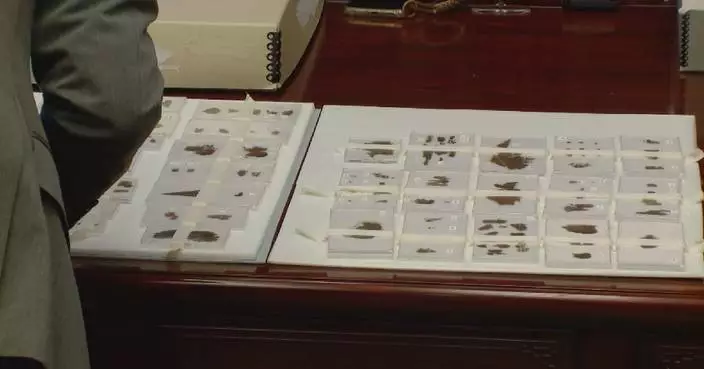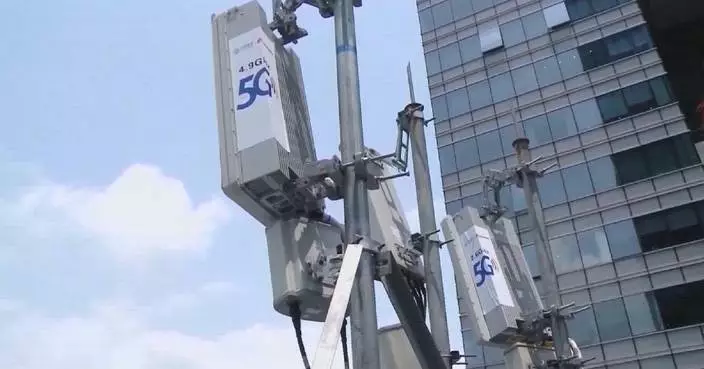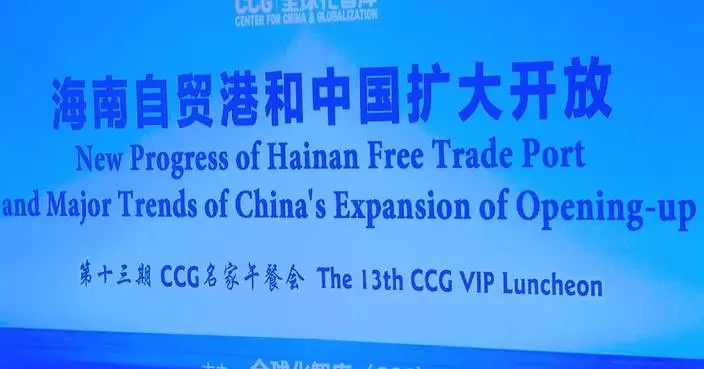South Africa's prospective vehicle owners have turned away from luxury cars to more affordable alternatives that offer better value for their money, said the country's National Automobile Dealers' Association (NADA), adding that Chinese cars now have an advantage since they offer high-quality value at an accessible price point.
In 2014, luxury brands such as Audi, BMW and Mercedes-Benz collectively sold around 74,000 vehicles in South Africa, according to the NADA. As of the end of 2024, this number had fallen to about 23,000, a 68 percent drop in sales.
The NADA explained that this trend is due to the price-sensitivity shift in the South African market over the years, with affordability remaining a challenge. The head of the association said that for this reason, Chinese car options are a healthy part of the market.
"The Chinese brands, there's no doubt, they've made a significant impact into the automotive sector in the country. I mean, we checked the numbers as now month in and month out. It's a good healthy space and a healthy environment. It's good for the consumers that they've got alternatives not only from one brand or a historical or traditional brands, but they're getting options and alternatives right across [different brands]. I think is very good, healthy. And I see it's much welcomed by the consumers," said Thembinkosi Pantsi, vice chairman of the NADA.
South Africa has been actively promoting the import and adoption of new energy vehicles. With several supportive policies that provide Chinese vehicles a larger space for development, the market share of Chinese automobiles in the African country increased by nearly 30 percent from 2023 to 2024.
Ntsako Mthethwa, an auto journalist at the motoring magazine TopGear South Africa, pointed to the inclusions, quality and cost of Chinese vehicles.
"Chinese cars, besides being [more] affordable than the German or Japanese or Korean counterparts, I mean, you look at them and realize that what they offer as standard is much more than what your German car brands would offer, because if you remember, German car brands or luxury car brands, if I can put it that way, they normally offer optional extras at an added fee. Chinese car brands, they saw a gap in the market and then they were like, 'okay, now we'll offer the likes of cruise control, adaptive cruise control, panoramic sunroof, features like wireless charging, heads up display as standard and then they all, remember, they offer all these things as standard while the car doesn't cost as much as your average luxury car brands," said Mthethwa.
Mthethwa added that the affordability and accessibility of Chinese cars are now gaining popularity.
"Chinese cars have made sure that they increase their footprint in the country. And also they tend to offer a wide range of options. You want your eight seater, you get; you want a small car, you get; you want electric car, which you also get. And the quality as well, it has drastically changed. That's why I've had people phoning me, asking me if I can ditch their high-end German product for a Chinese car. And that made me realize that, okay, these guys are onto something more exciting," he said.
Currently, the South African automotive market is stocked with a number of Chinese brands that are readily available to a growing consumer base.

Chinese cars increase footprint in South Africa





















































